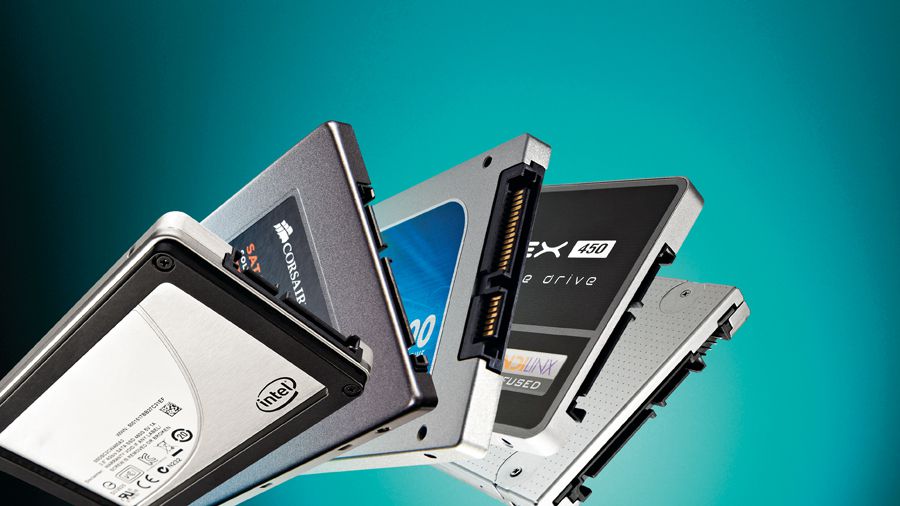Selling an old SSD? Be careful how you deal with wiping the drive
Don’t treat it the same as you would an old hard disk

If you’re getting rid of an old drive – by either selling it (or giving it away) to somebody else, or recycling it – then you’re hopefully aware that you need to securely destroy all the data on that drive. What you might not be aware of are some critical differences between doing this with a hard disk and an SSD.
As Backblaze discussed in a recent blog post, there are physical methods of destroying a hard disk which simply don’t work with a solid-state drive. Putting an HDD next to a large magnet will almost certainly wipe it, but it won’t have any effect on an SSD.
Similarly, drilling multiple holes in a hard drive to shatter the platters inside might work fine to destroy that device, but it won’t do in the case of an SSD – because the latter is a series of memory chips, and the holes you make may only destroy some of those chips, leaving data still readable on others.
So, you might think: simply erase all the data securely by formatting and rewriting garbage data over the whole drive (to ensure that all files are actually deleted, not just marked as deleted but still there).
Again, that method certainly works for a hard disk, but Backblaze observes that it’s not as effective with an SSD – noting that Apple has even removed the ‘secure erase’ option for SSDs from the Mac’s Disk Utility, because it’s no longer necessary.
- These are the best PC games to enjoy in 2017
Encryption then erasure
The best method to destroy your data before parting with your solid-state drive, Backblaze argues, is to encrypt it. In other words, use FileVault for your Mac or BitLocker on Windows to fully encrypt the drive, and then format it.
This means even if a snooper can gain access to the data, without the encryption key it’s still going to be useless.
Are you a pro? Subscribe to our newsletter
Sign up to the TechRadar Pro newsletter to get all the top news, opinion, features and guidance your business needs to succeed!
Those who are really paranoid can even do this process twice for extra security – i.e. encrypt the drive, format it, re-encrypt the drive, then format the SSD once again.
There ends today’s lesson in secure SSD disposal…
Incidentally, if you’re buying rather than selling an SSD, it might be a good idea to move reasonably swiftly given that all the recent news has been about rising prices and flash chip shortages.
Via: Digital Trends
- We’ve highlighted the best hard drive and SSD deals right here
Darren is a freelancer writing news and features for TechRadar (and occasionally T3) across a broad range of computing topics including CPUs, GPUs, various other hardware, VPNs, antivirus and more. He has written about tech for the best part of three decades, and writes books in his spare time (his debut novel - 'I Know What You Did Last Supper' - was published by Hachette UK in 2013).